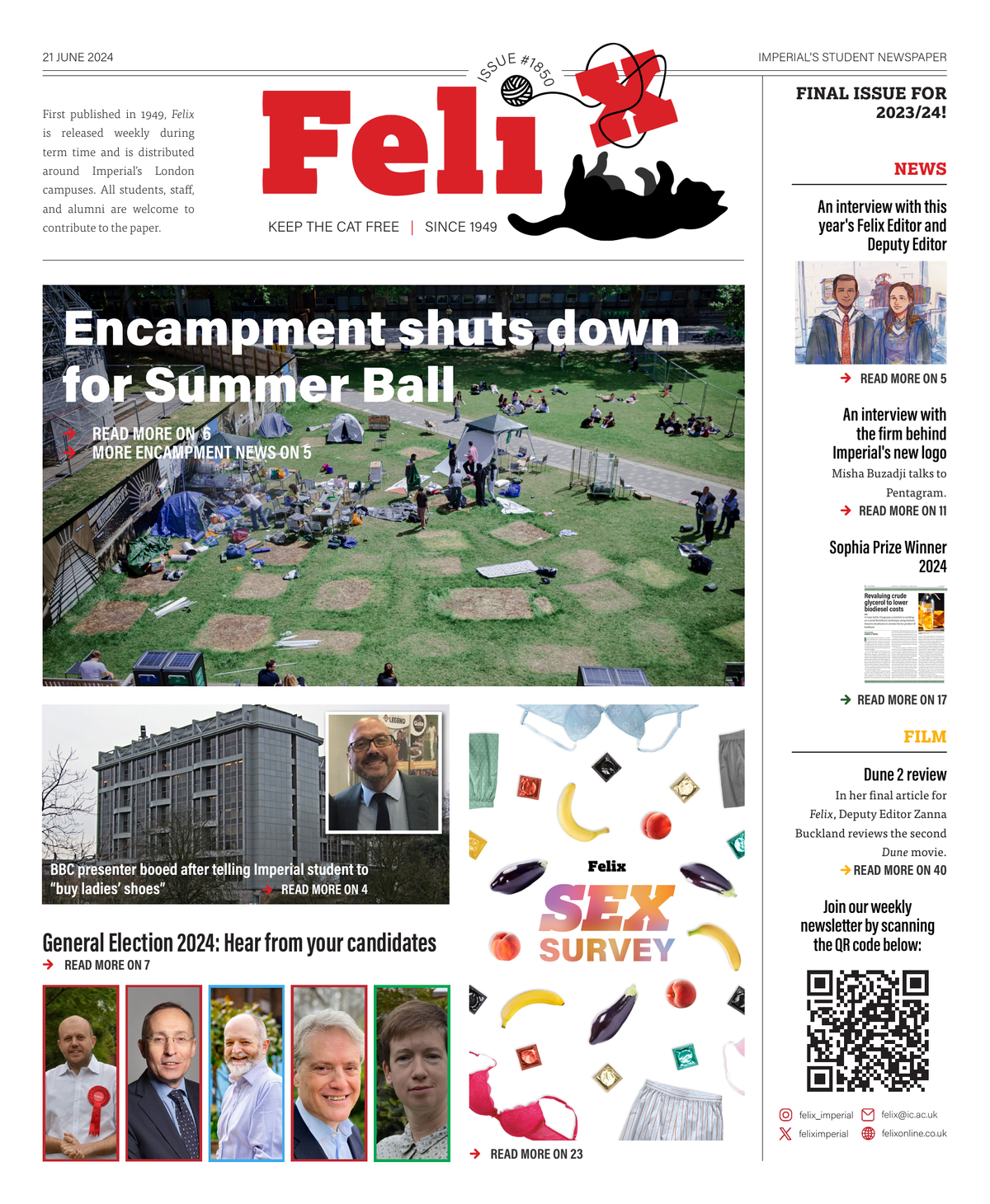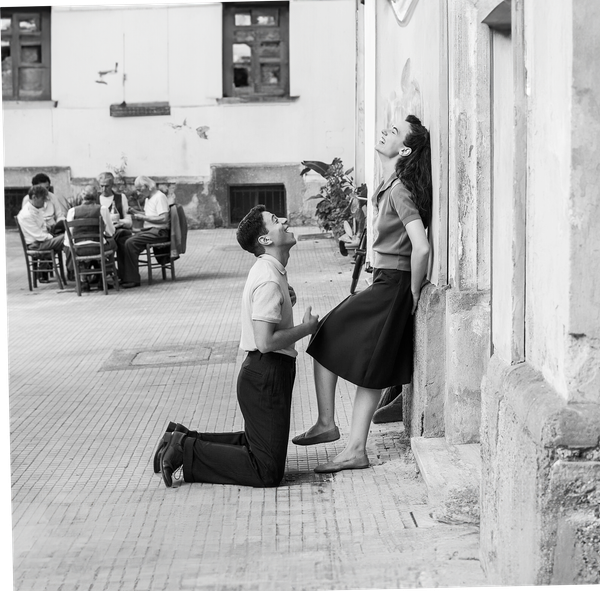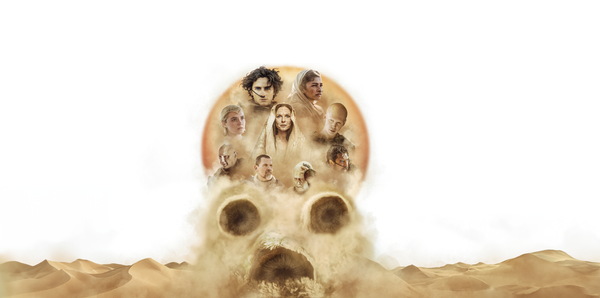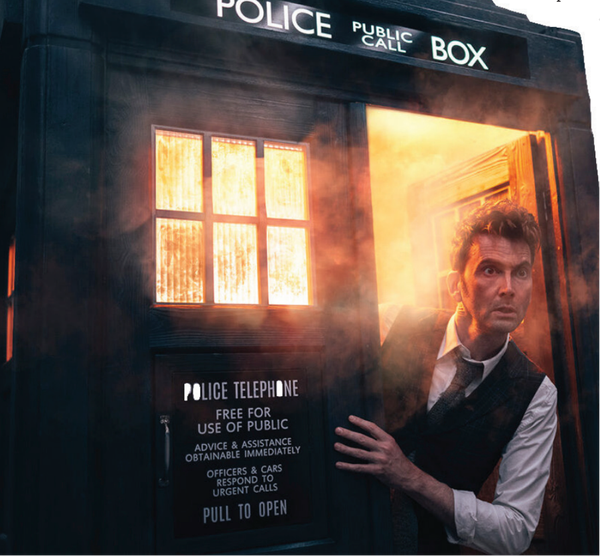Civil War — A brutal film that misses its own point
In his closing act, Garland gives the age-old war photographer’s dilemma a brand-new coat of paint.
How would Texas and California, two states neither politically nor geographically close to each other, ever end up forming an alliance matching the might of the government military, and launching one of the world’s most developed countries into totum bellum? Alex Garland’s latest flick Civil War holds no answers to that geopolitical conundrum, but it does provide a fascinating – and sometimes unflattering – examination of photojournalism during war.
Film-camera-wielding novice photojournalist Jessie (Cailee Spaeny) hitches a ride with a party of three, including her idol Lee (Kirsten Dunst) and reporter Joel (Wagner Moura), into the epicenter of a brutal war between the insurgent Western Forces and the the rest of the American armed forces. Along the way, as the crew witnesses one violent atrocity after another, Lee and Jessie eventually form a mentor-mentee bond – and then start to trade roles, as the former softens and the latter hardens.
Dive into the deep end of the reviews of the movie on Letterboxd, and two camps emerge. Some take it as a prophecy of where the US is headed given its current political No Man’s Land, in which case Civil War falls face-first on the doorstep. It almost obstinately refuses to provide a backstory for the political climate its characters are thrusted into from the very beginning. Others – perhaps those less entrenched in the American way of life – embrace the apoliticality, instead viewing it as an ode to the war journalist.
Indeed, in its creation Civil War was intended to be a tribute to the serious correspondent, which Garland claims is a dying breed. In an interview with The Guardian, he said that he “wanted to make those people ‘heroes’ to put them front and centre.” Yet the execution achieves something quite different: the choices the characters make over and over again, prioritising the perfect photo over the suffering of the subject within it, make it hard to attribute any sort of heroic epithet to them. Meanwhile, the argument for posterity – that these photos would ram home the savagery of war to future generations – suffers a canonical blow when Lee muses: “Every time I survived a war zone, and got the photo, I thought I was sending a warning home. ‘Don’t do this.’ But here we are.” Journalism during conflict is in effect a zero-sum game, and it is difficult to find our protagonists likeable when they time and time again choose to be bystanders to the violence around them – even if it is in the name of an honourable, long-term goal.
On the other hand, the film does get the little things right. The acts of violence are indeed violent, with the opening scene with flag-bearing suicide bomber charging into a squad of SWAT officers setting the bar for the rest of the movie. These scenes become especially jarring when an upbeat track starts up in the background, or when the movie cuts to tables of drunk journos rowdily socialising. A nice thing about this repeated disjunction is that when it is finally dropped, namely during Jesse Plemons’s spine-chilling cameo, the accompaniment by a suitably abrasive track makes the scene all the more harrowing – not to mention, when they race away, Moura’s face as it contorts with pain and terror, a sight to behold in of itself.
But with paintings, books, and certainly movies, many small do not necessarily make a great. Civil War is a thrill, no doubt, and its dramatic peaks will have you riveted to your seat. But when the dust settles, it is stuck between stating the obvious and stating nothing.










